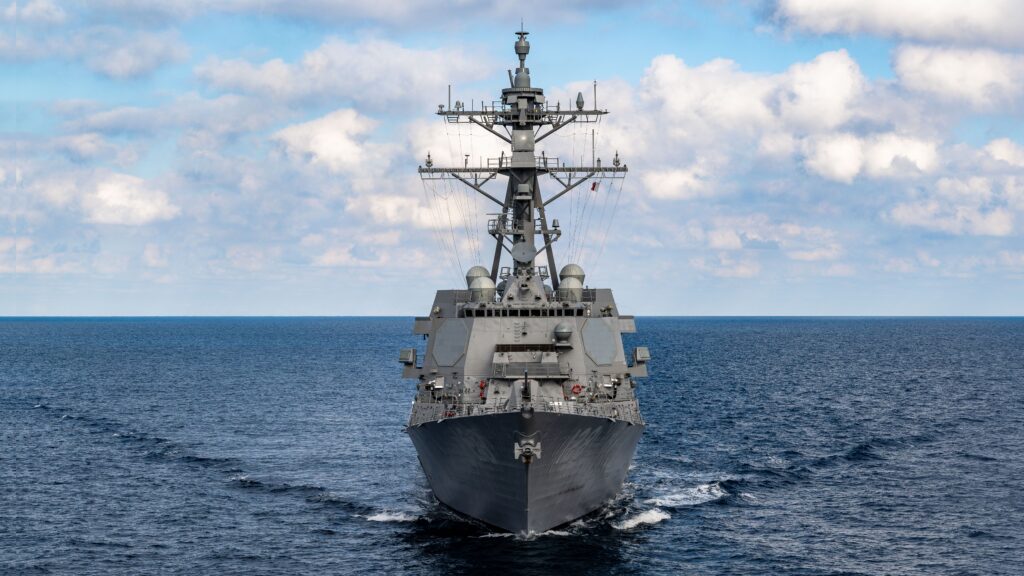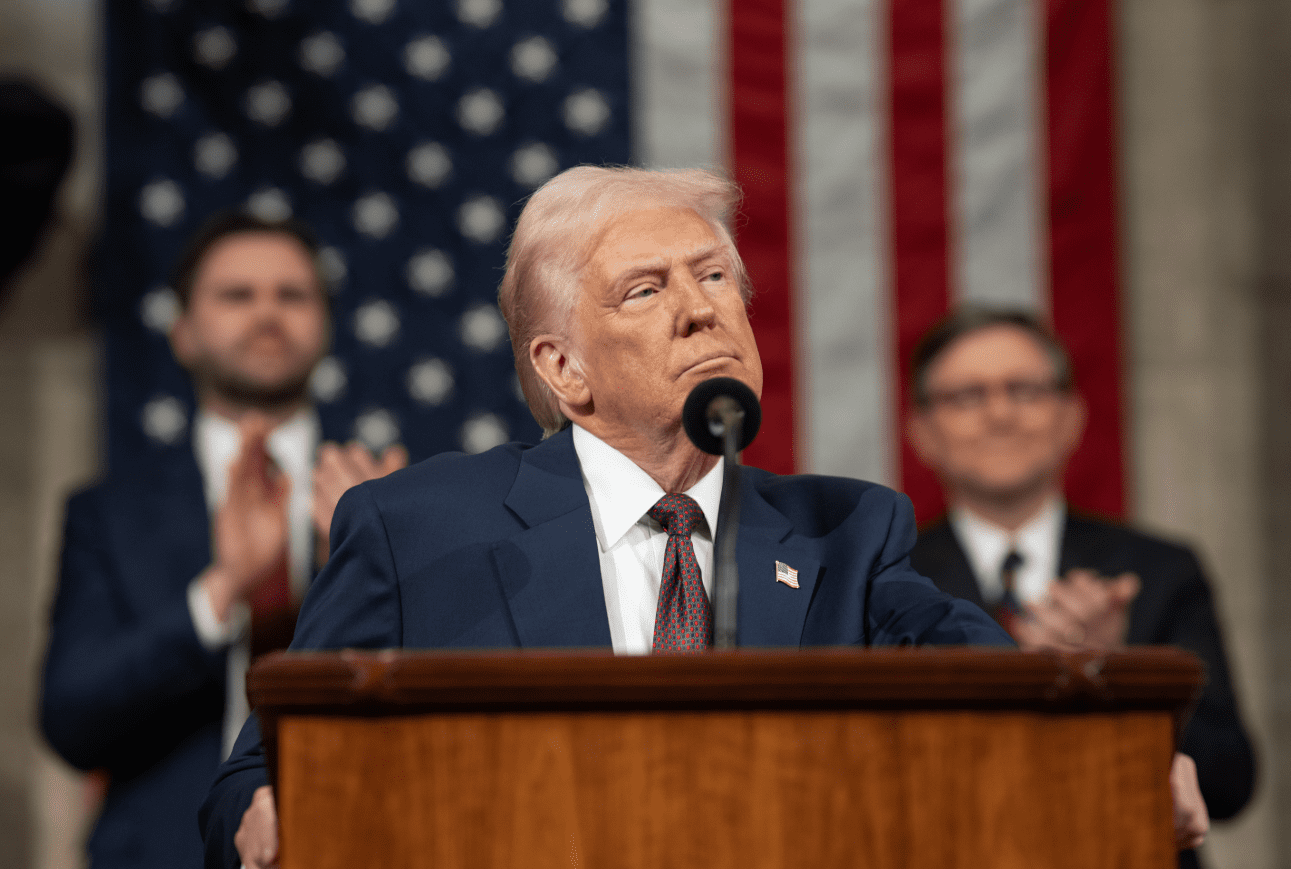
- Columnist Phil Hardwick says there seems to be a dearth of leadership at so many levels these days.
Leadership is the subject of countless books and articles. Type in “leadership” in the Amazon.com search box and there will be over 60,000 results. There seems to be a dearth of leadership at so many levels these days. But let us not forget the followers – or the heroes.
Leadership has been described in many ways. According to James MacGregor Burns, who authored the Nobel prize-winning book Leadership, there are at least 130 current definitions of leadership; while Warren Bemis and Burt Nanus, in their book Leaders, maintain there are at least 350. Futurist Joel Barker says that a leader is someone you would follow to a place you would not go. John Maxwell, author of numerous books on leadership, says that leadership is about influence, not position. President Dwight Eisenhower said that leading is getting someone else to do something you want done because he wants to do it. I prefer Peter Drucker’s definition of a leader. He said a leader is someone who has followers.
Followership does not get as much attention as leadership, although it has recently been the subject of more scholarly research. Robert Kelley, Distinguished Service Professor of Management at Carnegie Mellon University, a well-known expert on followership has written that effective followers share several essential qualities:
1. They manage themselves well.
2. They are committed to the organization and to a purpose, principle, or person outside themselves.
3. They build their competency and focus their efforts for maximum impact.
4. They are courageous, honest, and credible.
The world of politics provides fertile ground for the study of followership. When voters elect obviously poor and effective leaders, and when voters follow a party line even though it is inconsistent with their own beliefs one wonders what motivates such actions. How many cases has the public seen where elected officials convicted of crimes have been reelected to the same or a different public office?
Someone once said that there are no great leaders, only great opportunities, meaning that otherwise great leaders never have the chance to prove themselves for lack of a crisis or event to manage. While that may be true, it is those moments of crisis when leaders and even ordinary people become more than followers – they become heroes.
A hero is a person who is admired for having done something very brave or having achieved something great. A person who is admired for doing something good.
Of all the heroic events in modern history, this writer always thinks of Lenny Skutnik, especially during the State of the Union address, which will be coming up on March 7. You remember Lenny, don’t you?
Larry became a hero on January 13, 1982, when he leaped into the icy waters of the Potomac River to rescue one of the five survivors of the crash of Air Florida 90, which had clipped the 14th Street bridge and plunged into the water. Seventy-four passengers on the plane and four people on the bridge died.
Years later, in a January 13, 2007, article in the Washington Post, Skutnik, a federal government employee, said he could name a few heroes: “… war veterans, police officers, people who coach kids’ ball teams, a fertility doctor, a local young woman just killed in a car crash who was a great big sister’ to her younger siblings.”
So, what does Lenny Skutnik have to do with the State of the Union? A few weeks after the above event he sat in the House gallery beside First Lady Nancy Reagan as the President delivered the State of the Union Address. It started a tradition. Every President since then has recognized a hero of some kind who is sitting in the gallery.
By the way, Lenny is from Pascagoula, Mississippi.











